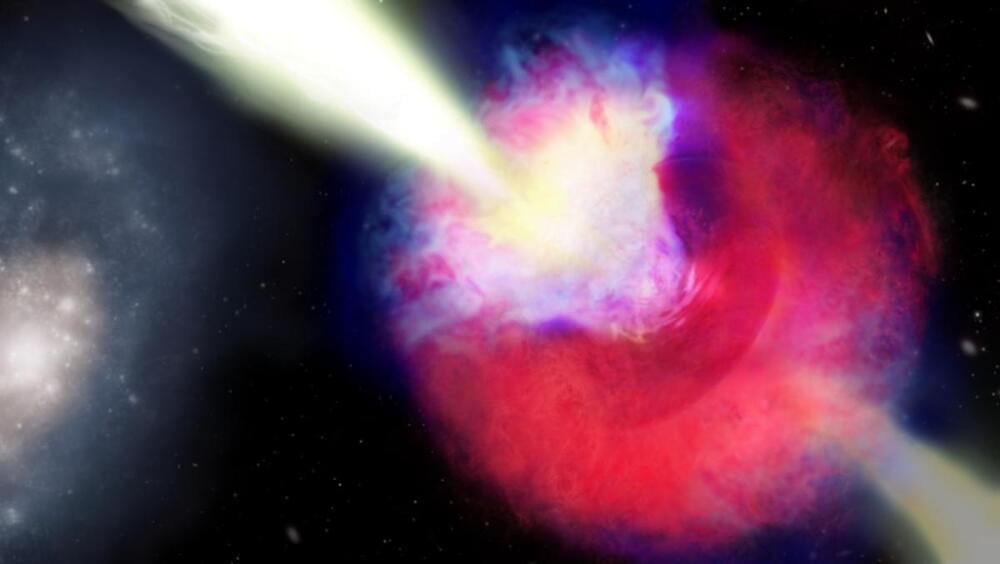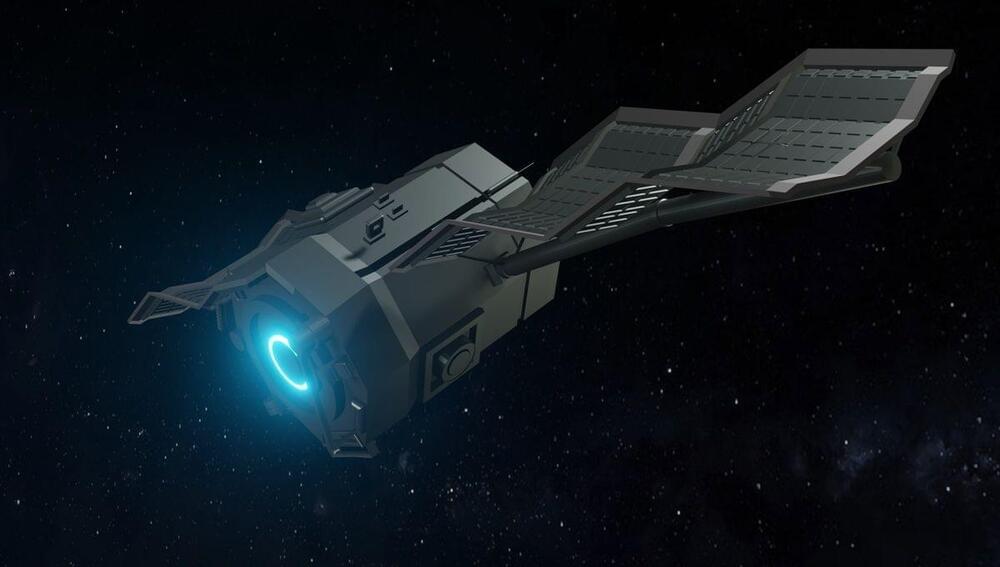Dec 14, 2022
Lucy’s in the Sky with Diamonds: Meet the Most Expensive Star Ever Found
Posted by Quinn Sena in categories: energy, space
Deep in the Constellation of Centarus lies a star 50 light-years away from the Earth. This star is so…unique that astronomers nicknamed it “Lucy.” Lucy, also known as V886 Centauri and BPM 37093, is (at first glance) an ordinary white dwarf star. But it seems to hide something rather special.
As many of you may know, a white dwarf is the hot cinder left behind when a star uses up its nuclear fuel and, in essence, dies. It is made mostly of carbon and oxygen and surrounded by a thin layer of hydrogen and helium gases.
In 1992 it was discovered that Lucy pulsates as a result of its core temperature dropping below 12,000 degrees Fahrenheit (6,600 Celsius). And in 1995 scientists decided to use Lucy for an experiment. They wanted to see what she was made of. The experiment was to use the pulsation of the star to see if the crystallization theory was true.

















